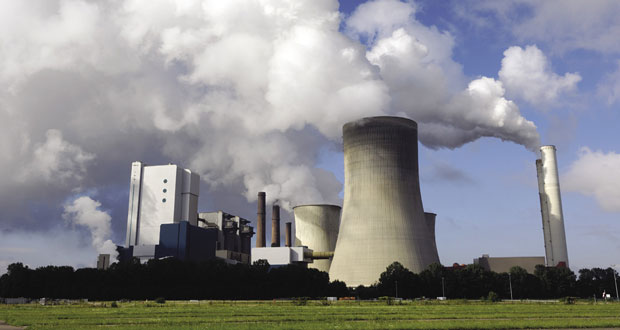WHERE DOES FM GO FROM HERE?
In 2020, FM saw its status grow as a critical function and strategic advisor to the board, as the pandemic forced organisations into unchartered territory. Nevertheless, if the sector is to capitalise on this opportunity and truly establish itself as a global leader, it will need to adopt a progressive business model with sustainability at the centre.
To achieve this, sustainability must be aligned to the values of the organisation and based upon accurate and robust data. This lack of data is hampering the ability to make decisions.
- Understand the ESG / Sustainability drivers affecting the organisations
- Define what this means for the services being provided, the risks and the opportunities, and the value that FM can provide
- What are the measures and metrics that are necessary to demonstrate value, as both lagging and leading measures
- Understand what data exists to help meet these measures and the level of accuracy. To free up resources, understand if some data is no longer necessary for collation.
- Provide reporting on the measures, its interpretation and how the FM strategy is delivering on the sustainability values of the organisation
- Over time increase the level of data that is measured and improve the accuracy
A sustainable future depends on every stakeholder, including the FM service providers, corporates and the government, working in unison to realise not just the stakes in securing a sustainable future but also the commercial opportunities it holds.
Scope 1 emissions – direct emissions from owned or controlled sources such as fleet vehicles, gas and diesel consumption and refrigerant gas leakage.
Scope 2 emissions – indirect emissions from the generation of purchased energy and will include primarily electricity, including from certified renewable sources.
Scope 3 emissions – all other indirect emissions that occur in a company’s value chain particularly operations and services on client sites.
For the Facilities sector, the majority of emissions will sit in Scope 3 – typically between 80 per cent to 92 per cent of total emissions. Inclusion of the whole value chain is therefore important to measure accurately the impacts and define a forward strategy to reduce.
Unfortunately, there is a fair bit of noise being made about Zero Carbon or Net Zero emissions, but there is a lack in firstly measuring and reporting of scope 3 emissions to align with the targets. This is an area which must be improved because of the increase in the number of published zero carbon targets.
There are three key maturity levels for reporting emissions:
1. Reporting just scope 1 & 2 emissions
2. Reporting scope 1-3 emissions, scope 3 does not include the supply chain
3. Reporting scope 1-3 emissions, scope 3 includes the supply chain
Stage 3 shows best practice and is the level that the leaders of zero carbon targets report to. This is the hardest as it includes the supply chain, which requires significantly more time and effort to report, and it requires the supply chain to go net zero for the company to also achieve zero emissions. Unless the company is willing to pay the offsetting value of the supply chain emissions when they do not have control.
Recent procurement policy notes issued by The Cabinet Office has placed new obligations on public sector procurement teams to consider the social and environmental impacts of the products and services they buy. In September 2020 PPN 06/20(ii) introduced a new Social Value Model that makes the consideration of social value mandatory, with a minimum weighting of 10 per cent and aligned to five key policy themes, including fighting climate change. This summer, two additional policy notes have increased the emphasis on the need to reduce carbon emissions. PPN 05/21 applies to all public procurement and requires national social value outcomes be considered, alongside any local priorities. PPN 06/21 focuses exclusively on climate change by requiring from 30th September 2021 that suppliers have published a Carbon Reduction Plan (CRP). CRPs must confirm the bidding supplier’s commitment to achieving Net Zero in the UK by 2050 or before; report their current relevant emissions for Scope 1, 2 and 3 of the GHG Protocol; and lay out the environmental management measures put in place to deliver the target.
REFERENCE NOTES
(i) www.acclaro-advisory.com/sfmi-fm-providers/






